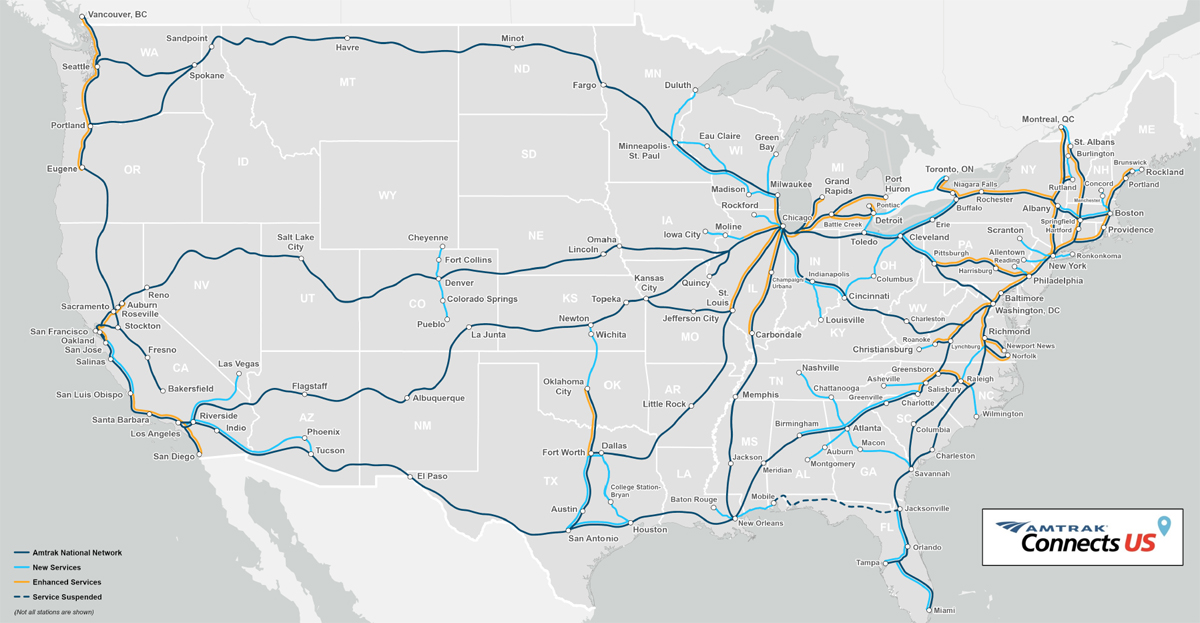
WASHINGTON — On the day it marks the 50th anniversary of its launch, and the day after an event marking that anniversary that featured President Joe Biden, Amtrak is reiterating its desire to add up to 160 communities to its network through an expansion of routes and train frequencies over the next 15 years.
At Friday’s event at Philadelphia’s 30th Street Station, Amtrak CEO Bill Flynn said the expansion plan would ensure 47 of the nation’s 50 largest cities would have Amtrak service, while also increasing service in more than half the 50 states. “America needs a rail network that offers frequent, reliable, sustainable and equitable train service. Amtrak has the vision and expertise to deliver it, now we need Congress to provide the funding for the next 50 years,” Flynn said.
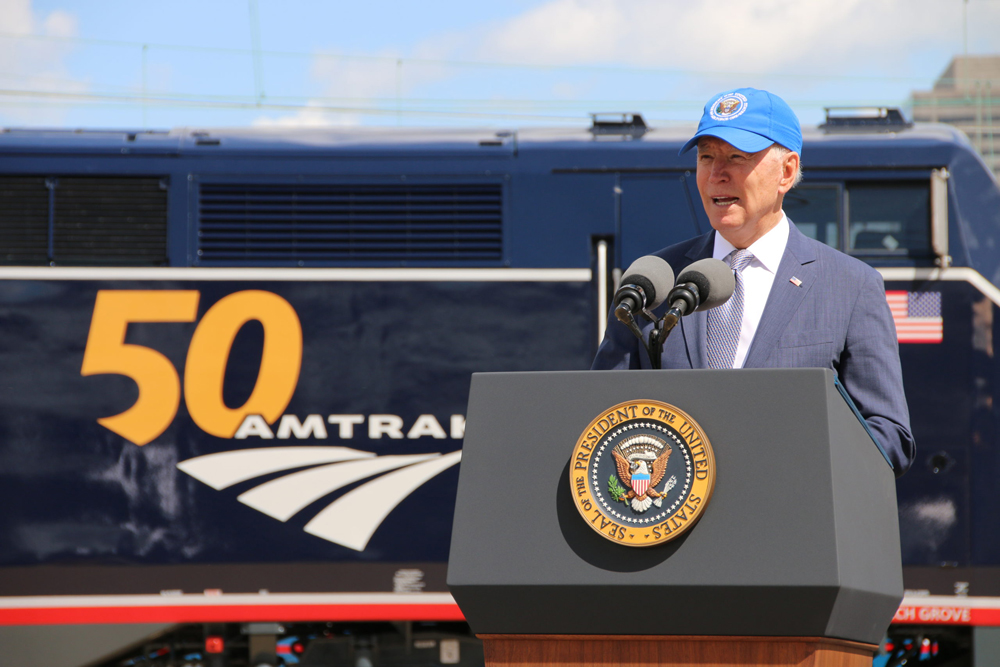
Biden, as part of a speech touting his larger $2.3 billion infrastructure plan, called for support of the plan: “Today we have a once-in-a-generation opportunity to position Amtrak, and rail, and intercity rail … to play a central role in our transformation of transportation and economic future.”
Amtrak’s expansion plans generally focus on the short-distance, state-supported corridors that Amtrak began promoting as its future under previous CEO Richard Anderson. Because such routes require state partnerships and funding, the new routes shown on the map released in March [see “Amtrak unveils ‘Connect US’ map …,” Trains News Wire, March 31, 2021] are largely aspirational. Along with legislative support at the state level, such new service will also require operating agreements with host railroads, which can be extremely difficult to obtain, as is being illustrated in the current fight with CSX Transportation and Norfolk Southern over efforts to restore service in Louisiana, Mississippi, and Alabama along the Gulf Coast [see “Analysis: Amtrak defends its Gulf Coast access request …,” News Wire, April 29, 2021].
For these reasons and others, Amtrak has yet to outline a time frame or other details for initiating service. In its funding and legislative request to Congress earlier this week, Amtrak did ask for money for a key element of its route expansion plan: the ability to fully pay for the first two years of new multi-frequency routes, after which it would gradually shift costs to states or local operating agencies [see “Amtrak establishes priorities …,” News Wire, April 29, 2021]. But the actual expansion of service figures to be a slow-moving process.
Video of Friday’s anniversary event is available here.






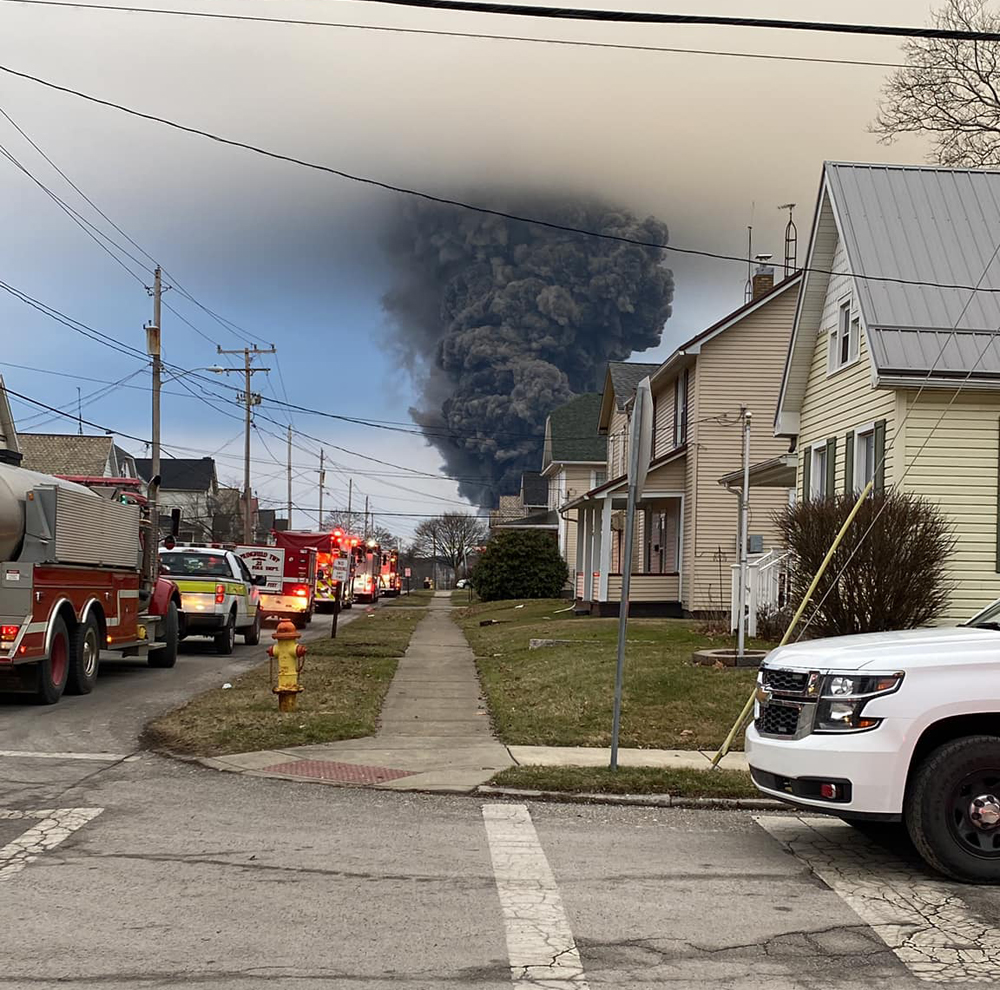
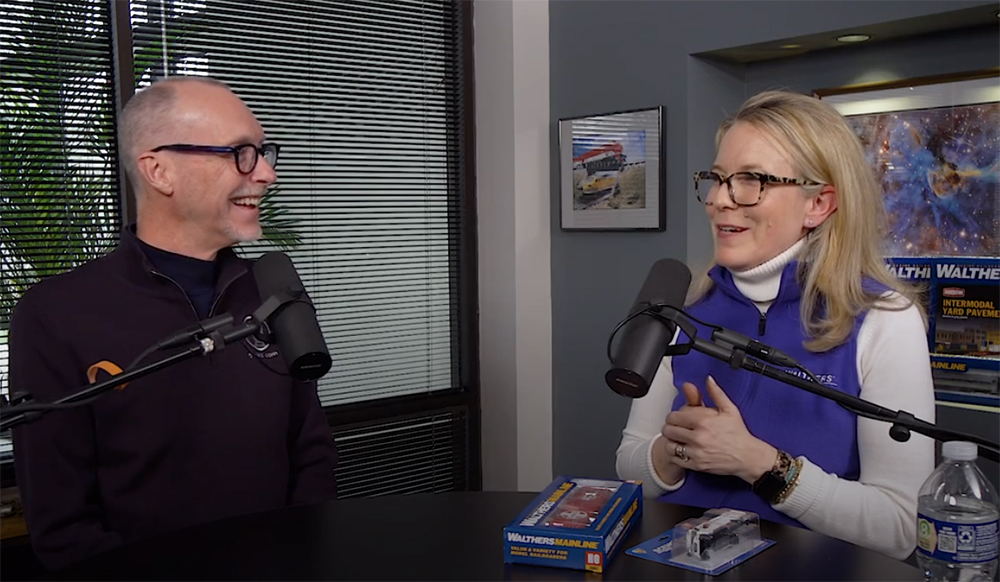
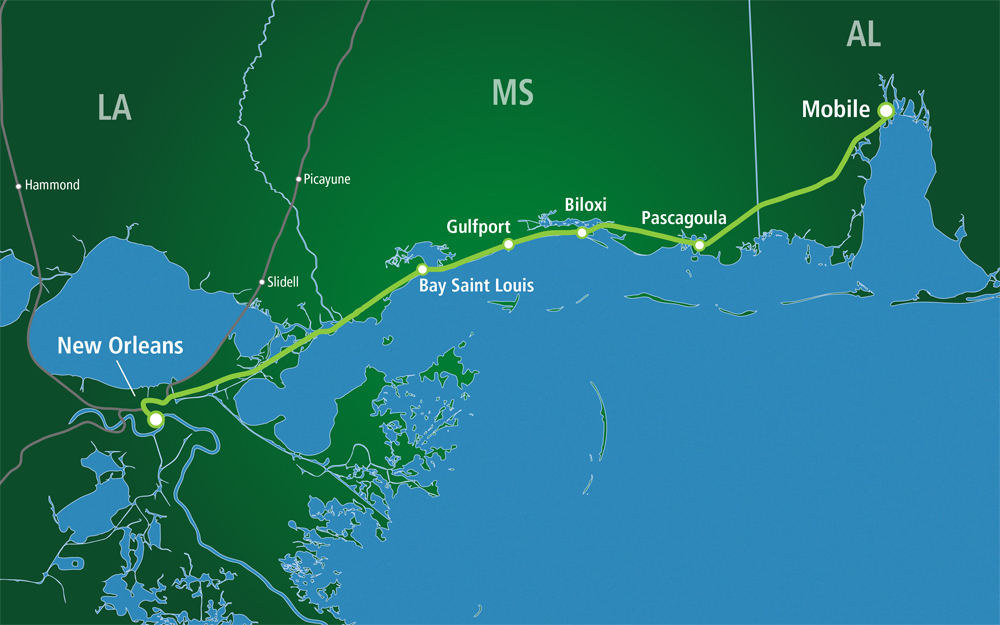
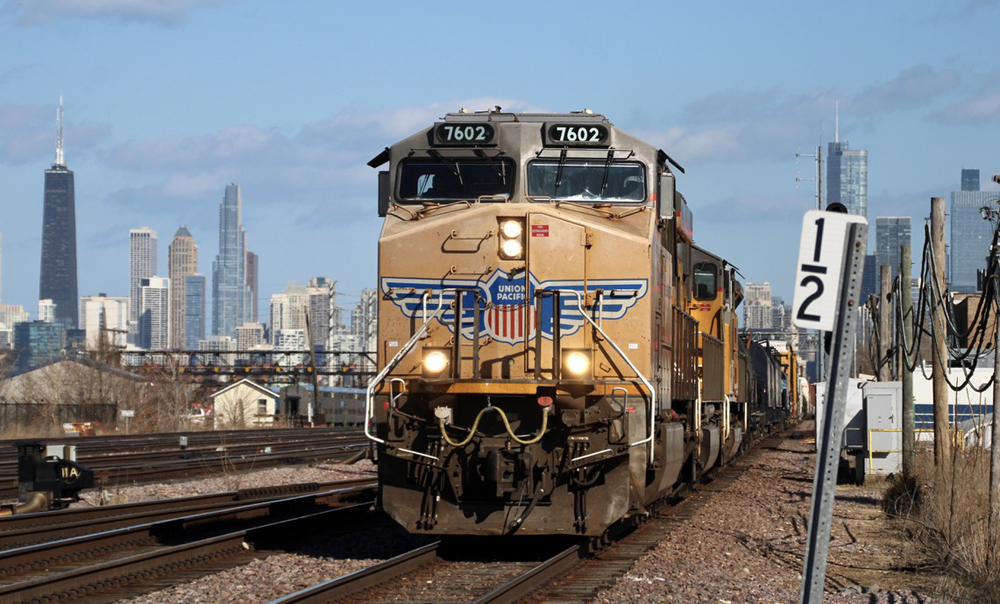




Most of these will never come to fruition due to the need for state subsidy & a well organized anti Passenger rail front in many of these states even less likely if it requires 2 states like the Gulf Coast service one state wants it the other doesn’t. More of the lost segments should be restored like the Pioneer, Desert Wind, the International maybe the National Ltd, work with states that want more service like CO & MT. But buyer beware of Amtrak’s padded costs for its NEC slush fund!
This country cannot get it right when it comes to high speed rail. In the time they have managed to install concrete ties, quad gates, and lots of fencing along the UP line between Chicago and St. Louis, China has built an entire high speed network.
I rode 303 and 306 round trip on Saturday, May 1. 306 took a 2 hour delay because a freight engine broke down and the freight blocked a section of single track or part of a junction. Not sure which. The conductor described the situation as too many trains and not enough track. 2 freights and 306 were involved in this SNAFU. Simply double tracking the entire route and building one or two fly overs would eliminate this.
Mr. Hassain are you the new Troll on this web site or the same one as before just changed your name???
The link in the article doesn’t seem to lead to a video of the event. Shouldn’t Amtrak want to put the speech on their website?
I want to keep all the Amtrak trains all year and every year
I want to keep all the Amtrak all year and every year
I want to keep all all the trains all year and every year.
Amtrak is going to be completed in 2035.
MARK – Sen. Dick Durbin is from Springfield (Illinois) – the reason I know that is it’s the Springfield Diocese that excommunicated him. The I-294/ I-94 Tri-State Tollway is on its second rebuild in 30 years. The current rebuild is costing more $$$$$ than God Himself has ever seen. The Tollway connects (technically not – there’s a short segment of non-toll I-94 up to the state line) to Wisconsin IH 41-94. Wisconsin has completely rebuilt IH 41-94 in Kenosha, Racine and southern Milwaukee Counties, replacing every bridge and every inch of pavement and all else as a part of widening from three lanes to four.
This tells you everything you need to know about railroading in American’s railroad heartland.
Railroading is a lost cause in America. Mr. Biden tinkering around the edges won’t change that. Wisconsin IH 41-94 traffic counts bottom out in Racine County – 85k vehicles per day. That number – 85k – is the number of people who ride Amtrak NATIONWIDE daily (pre-COVID).
Not counting a few minutes in Belgium, I’ve been in four nations – USA, Canada, UK and Netherlands. In two of these nations, you can ride a train from almost anywhere to almost anywhere whenever you want to. In two of them, intercity passenger rail is irrelevant to most travelers.
Actually, it’s two US Senators and one US House member engaged in this grandstanding, all the great liberal hopes of the Democratic Party. We have Richard Durbin (IL), Richard Blumenthal (CT), and Rep. Donald Payne (NJ-10) who have co-sponsored the Rail Passenger Fairness Act which will give Amtrak the power to take railroads to court if it feels its trains are not being given priority handling over that railroad’s freights. I gotta wonder when was the last time any of them rode Amtrak in their states and to/from DC. Para. I know nothing of Rep. Payne but here are gems relating to the other two. In the relatively recent past, Sen. Durbin would every now and then get “woke” and go on a tear at CN for delays to the CHI-CDL Saluki and Illini. Has anyone told him that up until the mid-80s the IC mainline CHI-southern IL was double track. CTC ended at Gilman and it was block signaled, current of traffic beyond. But instead of vigorously advocating for a PPP (or state funding alone if need be) for restoration of the double track with deployment of full ctc and PTC, with frequent interlockings, to solve the problem and a win-win for IL and CN, Mr. Durbin chooses to grandstand. Meanwhile, the IL Tollway Authority in the CHI western suburbs is widening a 30 mile segment of I-294, according to the Tollway for increasing truck traffic. And they took some 12-15 homes to do it. And Sen. Durbin sees that as the natural order of things. But “widen” the railroad for passenger trains? Out of the question. Para. And Sen. Blumenthal distinguished himself by being the point person who in order to pander for votes from super-wealthy small towns in eastern CT has forever condemned Amtrak to longer running times NY-PVD (BOS) by killing the FRA-sanctioned New London bypass.
Charles, your points are well taken. What absolutely needs to happen is a series of “summit” meetings with the USDOT, FRA, Amtrak, and host freight railroad VP Ops and hash out win-win solutions for both the freight and passenger trains. Two US senators, one from Illinois and one from NJ have offered legislation that will punish the freight railroads for Amtrak delays due to “freight train interference”. This is nothing more than grandstanding. These guys would rather curse the darkness than light the candle. Priority is not the problem. The lack of mainline track capacity and operational flexibility meaning the lack of enough appropriately spaced interlockings and interlockings equipped with higher speed crossovers and turnouts. Solve that problem and under normal operating conditions, the problems of priority largely go away.
As someone one month younger than Amtrak, it has made a world of difference in my life and I am sure of others. Thank you to Amtrak for saving millions of gallons of gas, preventing an enormous amounts of pollution from being released and creating unforgettable memories for millions.
Map shows resurrection of abandoned lines: west of Phoenix, south of Richmond. The rail network has changed in 50 years.
What the map shows is that even an expanded Amtrak will be only a tiny part of America’s intercity transportation. A train a day out of Nashville in one direction, maybe two trains a day out of Nashville in one direction – the number CSX wants is zero. Compare this to BNA Nashville International where you can fly anywhere multiple frequencies a day. At Nashville this proposal doesn’t even get Amtrak back to where it was about 45 years ago, when Amtrak could get you out of Nashville in all of two directions.
Mr. Landey, you make a good point regarding the “dead-end” at Nashville. The map shows at least several similar gaps that, if “filled-in,” would provide new through routings:
Nashville-Louisville would enable midwest-Florida service, a la the old “Floridian.” Better yet, add Cincinnati-Louisville to tap even larger midwest market.
Montgomery-Mobile
Las Vegas-Salt Lake City, to add direct access to one of America’s largest vacation destinations (for better or for worse?) from the east, a la the old “Desert Wind.”
Iowa City-Omaha/Lincoln, additional daily service CHI-OMA/LNK and serves Des Moines.
Easier said than done, I realize. Marketing studies etc. should be required to verify that the demand(s) exist. The logic is, why not incorporate through long-distance service into Amtrak’s Regional/Corridor concept where it makes sense?
And, regarding your comment about the variety of destinations available to the air traveler at BNA: Just because Amtrak cannot serve EVERY destination doesn’t mean that it shouldn’t operate to SOME destinations.